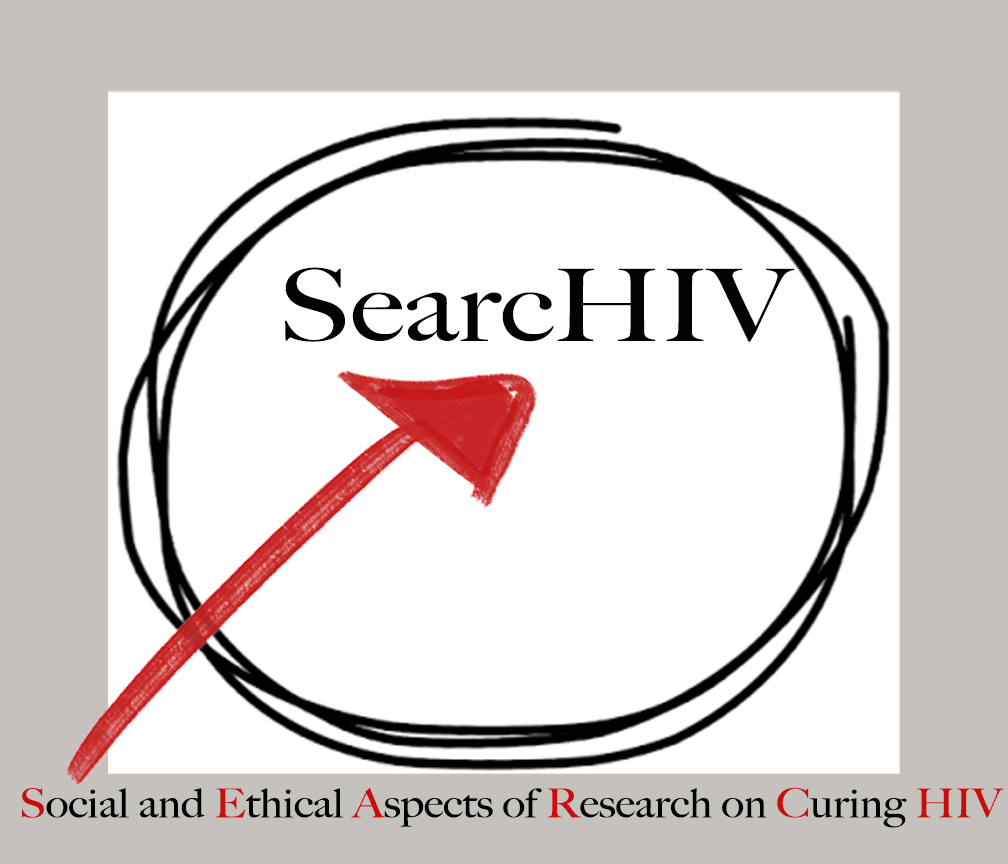By: Meredith Blumberg
With some recent claims circulating in the media about HIV ‘cures,’ it is important to restate that, currently, there is no cure for HIV. With daily antiretroviral therapy (ART), the HIV virus can be effectively suppressed and people with HIV can live long and relatively normal lives. Furthermore, if a person takes medication daily and suppresses their HIV virus to below detectable levels, they can drastically reduce their chance of passing on HIV to their partners. Despite the effectiveness of ART medication, there still remains many negative aspects of living with HIV, including cost, incomplete ART access, persistent stigma, and ART side effects. For these reasons, a cure for HIV is highly desirable. Unfortunately, this strong desire for a cure has led many alleged ‘cures’ for HIV to be reported over the years. Not only do these reports lend false hope to people living with HIV, but the methods being reported can also present physical danger to those who use them.
One such potentially dangerous ‘cure’ method was recently tested and shared via webcam. An HIV positive individual, identified as Tristan Roberts, injected himself with a homemade gene therapy treatment modeled after a gene therapy method that is currently being tested in clinical trials for its potential to induce immunity to HIV. While Roberts’ homemade treatment is based on a legitimate possible approach to HIV cure that researchers are exploring, it was still reckless and preemptive because the method is not yet shown to be effective and there may be harmful side effects. Additionally, there is no way of knowing if Roberts’ homemade treatment was prepared or administered correctly or safely. As research brings us closer to a legitimate HIV cure, it will be increasingly important for people living with HIV to be critical about reports of ‘cures’ in the news: some of these are clearly bogus, such as the ‘cure’ developed by the President of the Gambia. Others, however, may mimic or are based on current scientific advancements, yet lack the rigor of real HIV cure research. While the rigorous testing process for an HIV cure can be frustrating and slow, it is the best method to ensure a cure that is developed will be effective, safe and have the least potential side effects. As the article mentions, there could be serious side effects to Roberts’ immune system as a result of the self-made and self-administered gene therapy.
The fact remains that there is no cure for HIV. But there have been many advancements and breakthroughs in cure science in recent years. Many researchers and healthcare providers dedicate their whole career to finding a cure. It is possible that a cure will be found in our lifetime, but there is still much more work and research that needs to be done before we get to that point. People living with HIV would do well to remain critical of media reports purporting a cure has already been found. People living with HIV can also help advance HIV cure research by offering their input and guidance to researchers and, when appropriate, by signing up for HIV cure clinical trials. We must be patient and critical, and work within the research process, to achieve our goal of a safe and effective cure – lest we harm others and ourselves with hyped-up, false cure reports that circulate in the news.



One Response to “Recent HIV ‘Cure’ Claims in the Media: A Critical Response”
ساندویچ پانل
Definitely, people who carry this virus have a hard life, I wish there was a definitive cure for it.